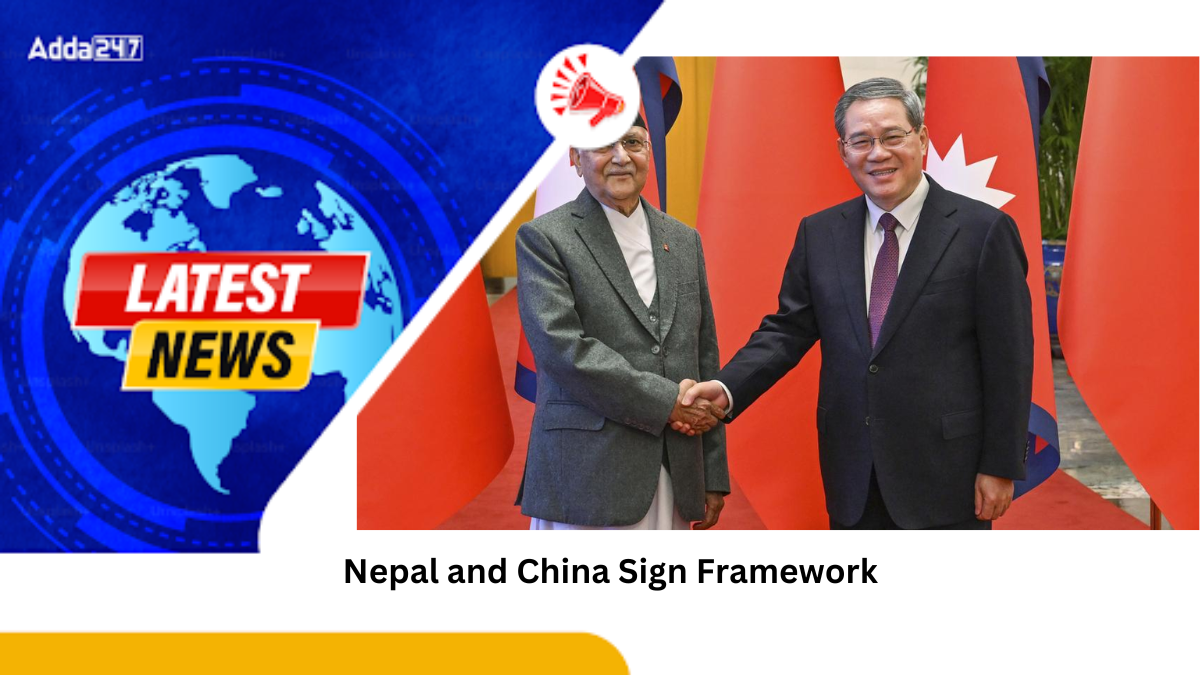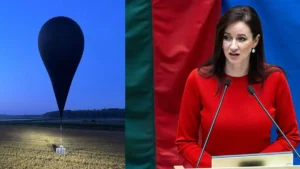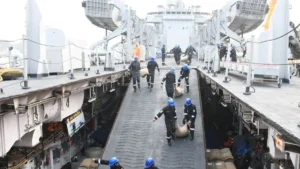During Prime Minister K P Sharma Oli’s official visit to China, both countries signed the Belt and Road Initiative (BRI) Cooperation Framework. This agreement aims to accelerate the implementation of BRI projects, marking a pivotal moment in Nepal-China relations. While Nepal joined the BRI in 2017, no projects were executed until now. The recent framework, signed by Nepal’s acting Foreign Secretary Amrit Bahadur Rai and Liu Sushe of China’s National Development and Reform Commission, includes terms like “aid and technical assistance,” replacing “grant” with “investment” following deliberations.
Key outcomes of the framework agreement
Enhanced connectivity focus: Both nations committed to developing infrastructure, including ports, railways, aviation, roads, and telecommunication, to transform Nepal into a land-linked country.
Ambiguity in financial terms: Nepal insisted on grants, while China preferred investments. A compromise introduced “aid and technical assistance,” sparking concerns about loan implications under the guise of aid.
Prospective projects: Nepal and China may soon finalize the Trans-Himalayan Multi-Dimensional Connectivity Network (THMDCN) and related initiatives, aligning with Nepal’s aspirations for political stability and economic growth.
Historical and economic significance
The agreement highlights Nepal’s growing reliance on China for economic development while balancing financial terms. PM Oli emphasized the benefits of BRI projects during his visit, calling for Chinese investments to support Nepal’s vision of a “Prosperous Nepal, Happy Nepali.” The deal represents a shift from Nepal’s earlier stance of prioritizing grants under the Nepali Congress-led government, potentially leading to political challenges upon Oli’s return.
Way forward and challenges
While the agreement paves the way for implementing BRI projects, details remain undisclosed, raising questions about Nepal’s financial liabilities. The evolving partnership reflects both opportunities and concerns, particularly regarding the economic impact of Chinese-funded initiatives.
Summary of the news
| Key Point | Details |
|---|---|
| Why in news | Nepal and China signed the Belt and Road Initiative (BRI) Cooperation Framework during PM Oli’s visit to China. Key focus areas include connectivity, infrastructure, and investment under the BRI. Financial terms shifted from “grant” to “investment.” |
| Signing Parties | Nepal: Foreign Secretary Amrit Bahadur Rai; China: Liu Sushe, Vice Chairman of the National Development and Reform Commission. |
| PM of Nepal | K P Sharma Oli (4th term). |
| Capital of Nepal | Kathmandu. |
| China’s Initiative | Belt and Road Initiative (BRI) aims to connect Asia, Europe, and other regions through infrastructure. |
| Key Framework Focus | Ports, roads, railways, aviation, power grids, and telecommunication under the Trans-Himalayan Multi-Dimensional Connectivity Network (THMDCN). |
| Signed Year of Initial BRI | 2017 (No projects implemented before the framework agreement in 2024). |
| Controversial Term Changes | China replaced “grant” with “investment,” later modified to include “aid and technical assistance.” |
| China’s Leader | President Xi Jinping. |



 Andrej Babis Sworn In as Czech Republic’...
Andrej Babis Sworn In as Czech Republic’...
 Lithuania Declares State of Emergency Ov...
Lithuania Declares State of Emergency Ov...
 Operation Sagar Bandhu — Indian Navy Sen...
Operation Sagar Bandhu — Indian Navy Sen...







